 Mobile Tutorial
Mobile Tutorial
 Mobile News
Mobile News
 Why are 'low-altitude economy' and 'synesthesia integrated' worthy of attention?
Why are 'low-altitude economy' and 'synesthesia integrated' worthy of attention?
Why are 'low-altitude economy' and 'synesthesia integrated' worthy of attention?
During this period at the beginning of the year, the central and local governments held many meetings to plan and deploy this year's work. In these meetings, there is a new word that appears frequently, that is - low-altitude economy.
Many provinces and cities, including Chongqing, Sichuan, Zhejiang, Anhui, Shenzhen, etc., have proposed that "we must actively deploy the low-altitude economy, build low-altitude economic demonstration zones, and expand the application scenarios of low-altitude products and services." Across the country, more than a dozen provinces have included “low-altitude economy”, “general aviation” and other related content in their government work reports. So, what exactly is the "low-altitude economy"? Our communications industry will soon launch 5G-Advanced (5G-A) this year. 5G-A has a "synesthesia integration" that is often discussed together with the "low-altitude economy". What is the relationship between them? In today’s article, Xiao Zaojun will talk to you about these topics.█ What is low-altitude economy
When many people mention low-altitude economy, they think of drones. In fact, the low-altitude economy cannot be equated with the drone economy. The official definition of low-altitude economy is: a comprehensive economic form formed by the various low-altitude flight activities of various manned and unmanned aircraft, and the radiation drives the integrated development of related fields. In other words, the low-altitude economy includes both drones and manned aircraft. Low-altitude manned aircraft have not yet been commercialized on a large scale because the technology and safety conditions are not yet mature. Therefore, when we discuss low-altitude economy now, we mainly focus on the application of drones.
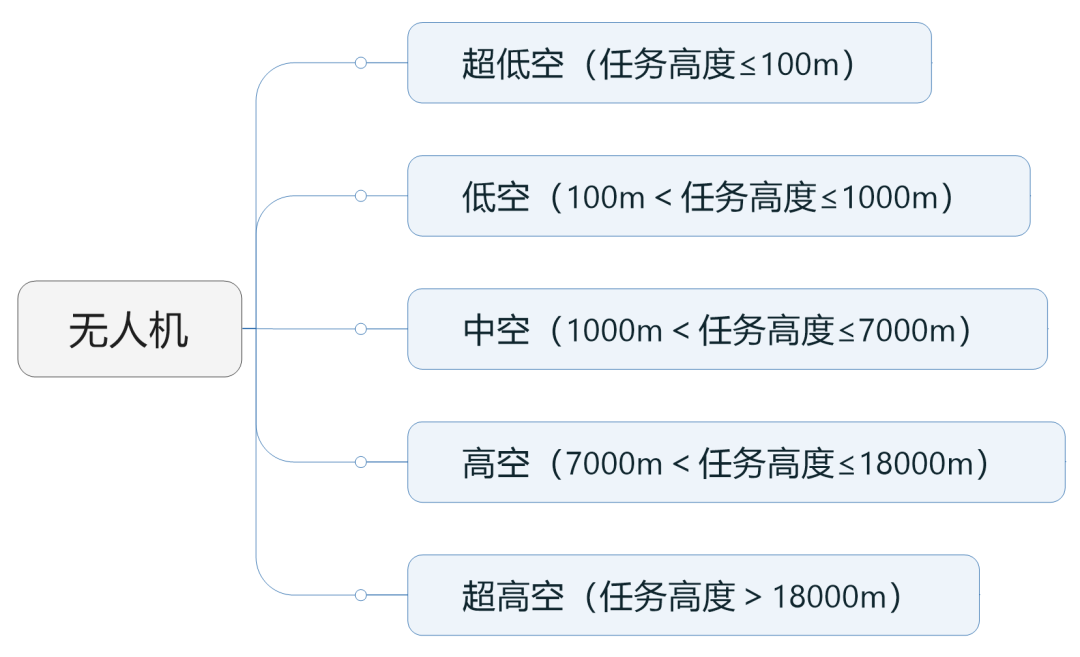 In recent years, everyone should have seen that drones have shone in various industries. Whether it is for personal use such as entertainment shooting, or for industrial purposes such as logistics and transportation, cultural tourism, traffic management, agriculture and forestry protection, emergency rescue, medical rescue, police security, government flight, etc., there are a large number of drone application cases.
In recent years, everyone should have seen that drones have shone in various industries. Whether it is for personal use such as entertainment shooting, or for industrial purposes such as logistics and transportation, cultural tourism, traffic management, agriculture and forestry protection, emergency rescue, medical rescue, police security, government flight, etc., there are a large number of drone application cases. 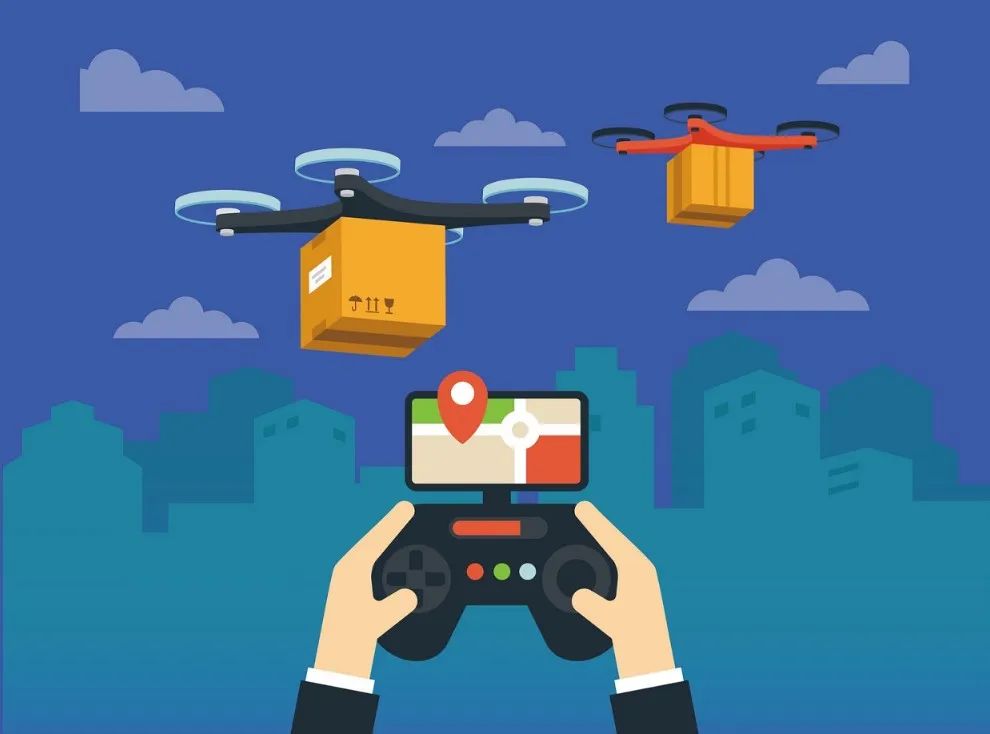
█ What is synaesthesia
Let’s talk about synaesthesia. To develop low-altitude economy, the most important thing is safety. After all, when walking on the road, no one wants two drones to suddenly collide in the sky and then hit them on the head. Moreover, if there are "black flies" and engage in illegal activities, it will also cause great harm. The traditional methods for supervising aircraft are mainly to rely on the formulation of laws and regulations, setting no-fly zones, and making flight applications. The most effective way to track and detect aircraft is radar.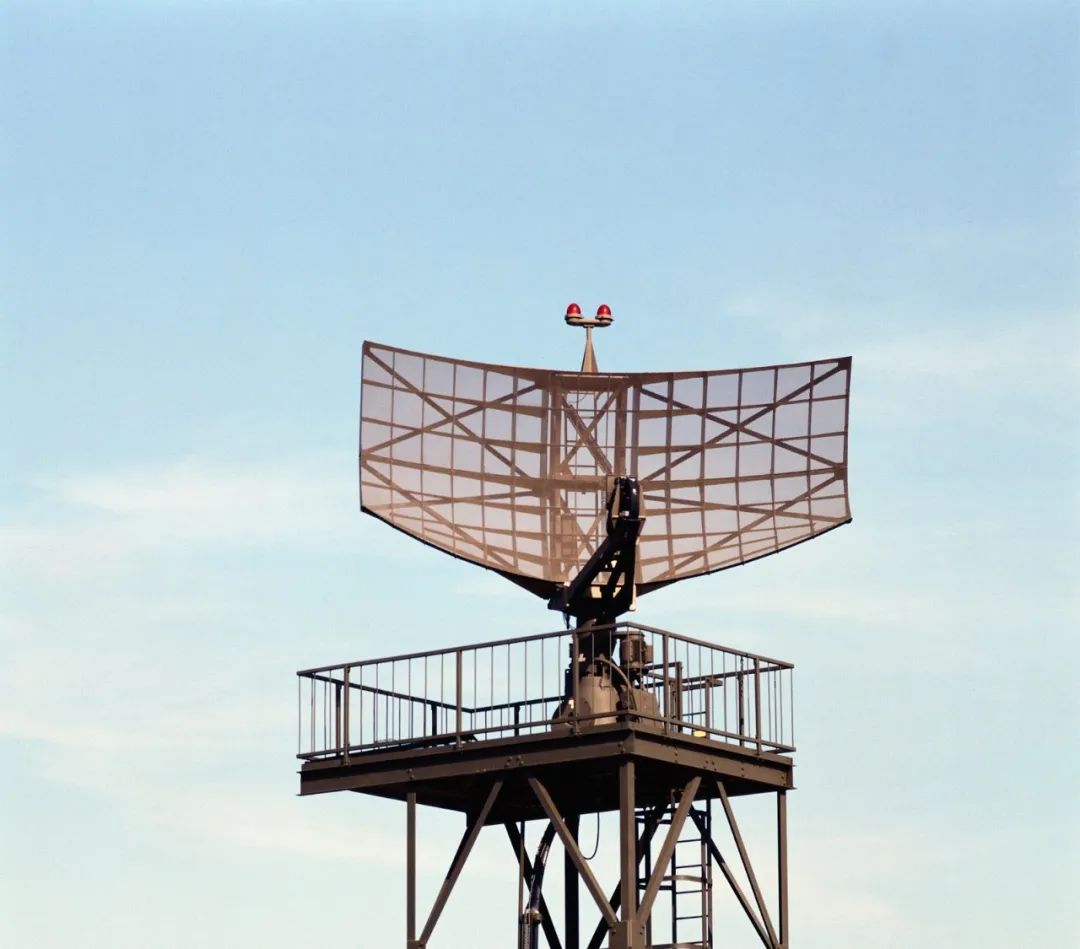
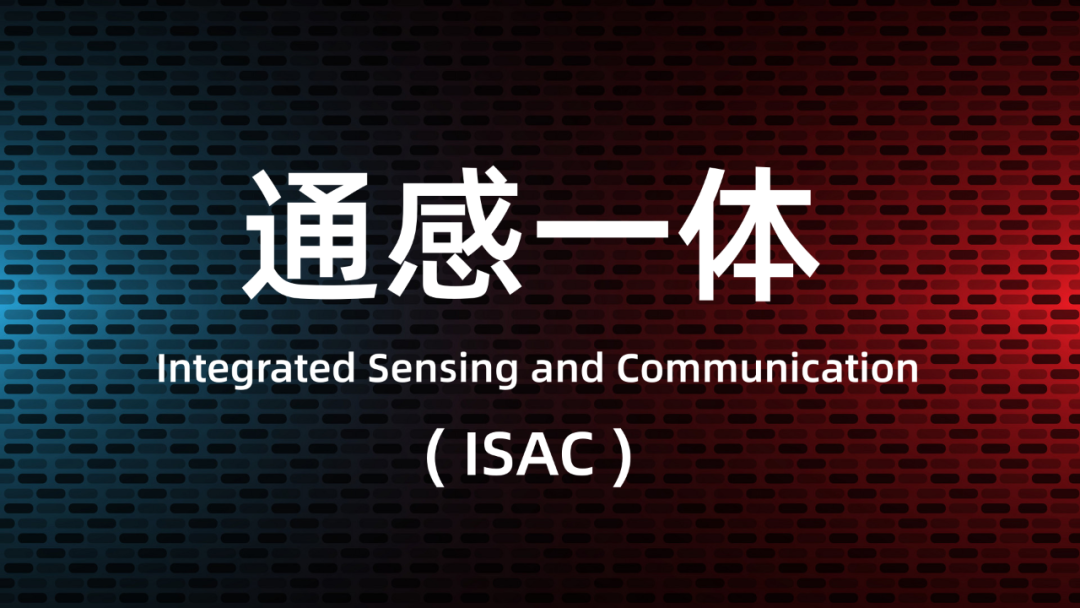 Synesthesia is also called communication and perception integration, and its English name is Integrated Sensing and Communication (ISAC, "Isaac"). Research on synesthesia has begun many years ago. A few years ago, we regarded synaesthesia as the main research direction of 6G. Unexpectedly, driven by external demand, this technology has become a key technology for 5G-A, meeting us in advance. So, what is synesthesia? Simply put, it is based on our current cellular mobile communication network (communication capabilities), superimposed with radar-like functions (perception capabilities), to detect and track surrounding objects such as drones, cars, or ships.
Synesthesia is also called communication and perception integration, and its English name is Integrated Sensing and Communication (ISAC, "Isaac"). Research on synesthesia has begun many years ago. A few years ago, we regarded synaesthesia as the main research direction of 6G. Unexpectedly, driven by external demand, this technology has become a key technology for 5G-A, meeting us in advance. So, what is synesthesia? Simply put, it is based on our current cellular mobile communication network (communication capabilities), superimposed with radar-like functions (perception capabilities), to detect and track surrounding objects such as drones, cars, or ships.  In other words, the communication tower has become a multi-functional communication radar tower, which is more powerful. Using base stations for sensing is not difficult to achieve from a technical perspective. Our current communications are all based on radio electromagnetic waves. The basic principle of radar is also based on radio electromagnetic waves. Emit radio electromagnetic wave signals, and when they hit objects, the signals will be reflected. Through triangulation and comprehensive calculations, the distance and position information of the object can be obtained. Through continuous detection of unit time difference, the speed information of the object can be obtained. In recent years, many indoor positioning technologies are also based on wireless communication technologies, such as UWB (Ultra-Wideband, ultra-wideband), Wi-Fi, Bluetooth, etc. Cellular mobile communications have advantages outdoors, so they are very suitable for the detection of outdoor low-altitude aircraft. In view of the shortcomings of the traditional radar solution mentioned above, synaesthesia base stations have obvious advantages: First of all, base stations are everywhere in the city and are in good locations. There is no need for repeated construction, which saves a lot of money. Secondly, the wireless signal transmission power of the integrated synaesthesia base station is extremely low and will not affect the health of residents. Third, the base station is integrated with synaesthesia and uses authorized communication frequency bands. There is no need to divide additional frequency bands, saving valuable spectrum resources.
In other words, the communication tower has become a multi-functional communication radar tower, which is more powerful. Using base stations for sensing is not difficult to achieve from a technical perspective. Our current communications are all based on radio electromagnetic waves. The basic principle of radar is also based on radio electromagnetic waves. Emit radio electromagnetic wave signals, and when they hit objects, the signals will be reflected. Through triangulation and comprehensive calculations, the distance and position information of the object can be obtained. Through continuous detection of unit time difference, the speed information of the object can be obtained. In recent years, many indoor positioning technologies are also based on wireless communication technologies, such as UWB (Ultra-Wideband, ultra-wideband), Wi-Fi, Bluetooth, etc. Cellular mobile communications have advantages outdoors, so they are very suitable for the detection of outdoor low-altitude aircraft. In view of the shortcomings of the traditional radar solution mentioned above, synaesthesia base stations have obvious advantages: First of all, base stations are everywhere in the city and are in good locations. There is no need for repeated construction, which saves a lot of money. Secondly, the wireless signal transmission power of the integrated synaesthesia base station is extremely low and will not affect the health of residents. Third, the base station is integrated with synaesthesia and uses authorized communication frequency bands. There is no need to divide additional frequency bands, saving valuable spectrum resources. █Technical Challenges of Synaesthesia Integration
The technical principle of synaesthesia integration seems very simple, but in fact, if you really want to achieve the desired effect, the technical challenges are still very large. Traditional cellular mobile communication networks mainly cover the ground, and network planning and optimization are also targeted at ground outdoor users and building indoor users. To achieve synesthesia detection, it cannot be achieved by simply adjusting the direction of the base station antenna. For the first time, the network is facing low-altitude scenarios, and the related network planning and optimization ideas are completely different. 5G-A’s synaesthesia integration requires its own AAU (active antenna) to provide independent ground and air beams. Includes both communication beams and sensing beams. Perception beam increases system design difficulty and business pressure. The width, number, and direction of the sensing beams are dynamically adjustable, and a large number of beam patterns can be generated through thousands of weight combinations including azimuth angle, downtilt angle, beam width, number of beams, and other parameters to meet the synaesthesia needs of different scenarios. How to plan parameters such as base station height and downtilt angle, establish a suitable RF model, and achieve the optimal parameter combination is one of the main challenges of synesthesia integration. The communication system mainly uses continuous wave. Radar has both continuous waves and pulse waves (periodic transmission). How to design the waveform, how to optimize the frame structure, and how to reasonably allocate time slots also need to be fully considered. In addition, self-interference of radio frequency signals, multi-station collaborative sensing and precise synchronization, sufficient computing power for synaesthesia operations, etc. are all challenges. If these challenges cannot be solved well, synaesthesia integration will be difficult to achieve the expected results, and commercial implementation will not be possible.█Pilot of synaesthesia integration
Currently, as the pace of 5G-A continues to approach, the testing and verification work of synaesthesia integration is also accelerating. Domestic operators and equipment manufacturers have cooperated to build multiple field pilots and achieved some results. Before the holiday, Xiao Zaojun went to Xiamen and visited the 5G-A synaesthesia integrated pilot system deployed in Huangcuo and Yefengzhai areas in cooperation with Fujian Mobile.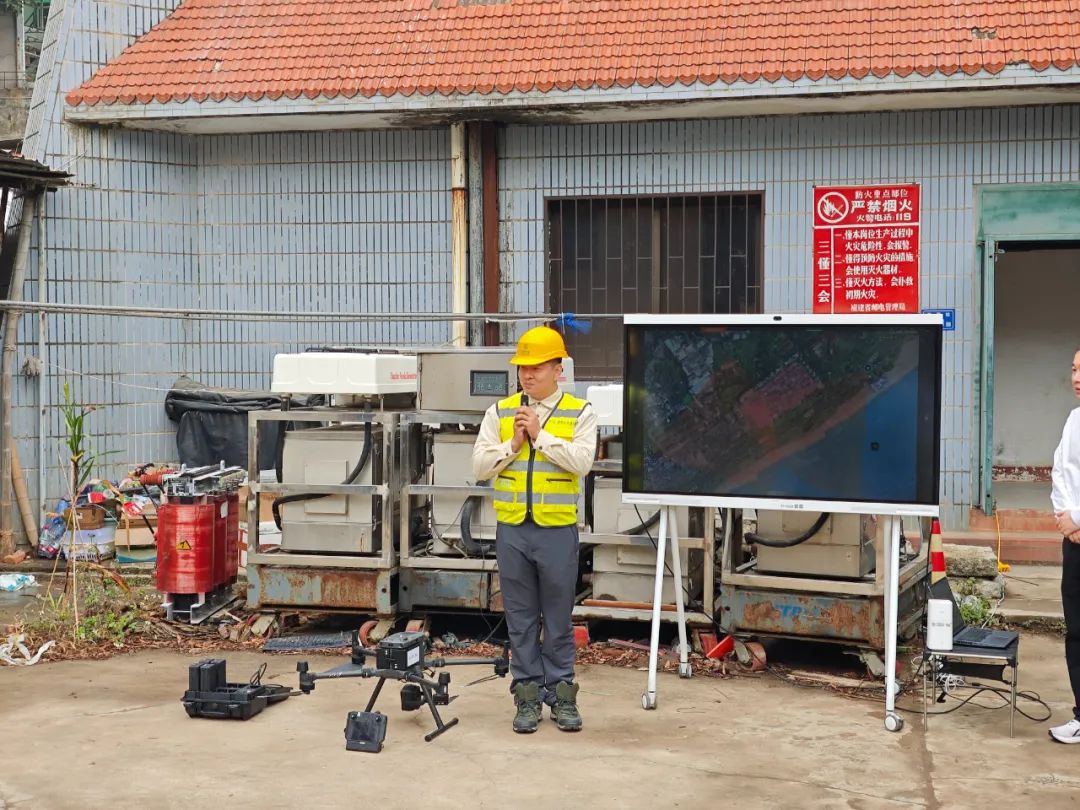
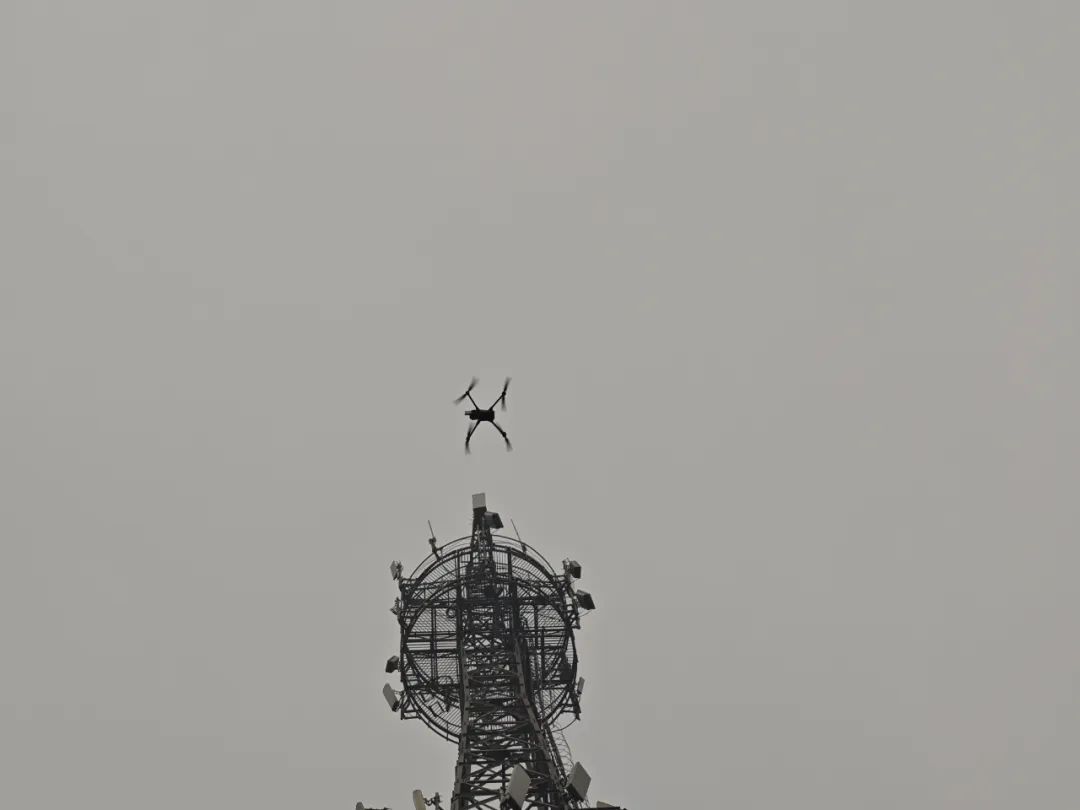

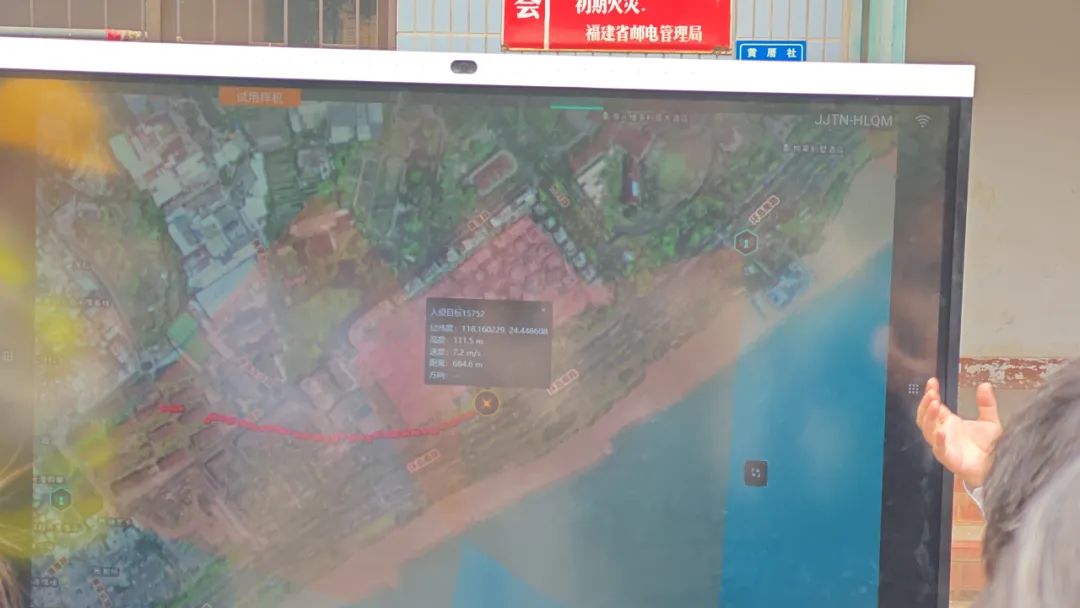
█Conclusion
In short, the low-altitude economy has broad prospects, and synaesthesia is of great significance to the development of the low-altitude economy in the country. If you want to develop an industry, effective supervision is a prerequisite. Just like when we had radar, we were able to develop the civil aviation industry well. With the integration of synaesthesia and the realization of detection and supervision of aircraft, we can guide the orderly and healthy development of the industry and drive the prosperity of the industry behind it. Synesthesia is not just for the low-altitude economy. Its application fields are very wide. In addition to target positioning, tracking and recognition, it can also be used for target detection and target imaging. Xiao Zaojun also mentioned earlier that in addition to aircraft, it can also be used for mobility detection of cars and ships. Scenarios such as hydrological monitoring, air pollution monitoring, product defect monitoring, building or bridge crack monitoring, gesture control, etc. can actually be implemented using synaesthesia integration. Massive application scenarios mean huge business value. In addition to traditional communication applications, it is undoubtedly exciting and exciting for our entire communication industry to be able to develop a new application field. I hope that in the new year, synesthesia will be better popularized and become a strong market growth point. This article comes from the WeChat public account: Xian Zao Classroom (ID: xzclasscom), author: Xiao ZaojunThe above is the detailed content of Why are 'low-altitude economy' and 'synesthesia integrated' worthy of attention?. For more information, please follow other related articles on the PHP Chinese website!

Hot AI Tools

Undresser.AI Undress
AI-powered app for creating realistic nude photos

AI Clothes Remover
Online AI tool for removing clothes from photos.

Undress AI Tool
Undress images for free

Clothoff.io
AI clothes remover

Video Face Swap
Swap faces in any video effortlessly with our completely free AI face swap tool!

Hot Article

Hot Tools

Notepad++7.3.1
Easy-to-use and free code editor

SublimeText3 Chinese version
Chinese version, very easy to use

Zend Studio 13.0.1
Powerful PHP integrated development environment

Dreamweaver CS6
Visual web development tools

SublimeText3 Mac version
God-level code editing software (SublimeText3)

Hot Topics
 1386
1386
 52
52
 2024 DJI drone rankings: Each model has sales of 50,000+, which one have you used?
Dec 16, 2023 pm 05:33 PM
2024 DJI drone rankings: Each model has sales of 50,000+, which one have you used?
Dec 16, 2023 pm 05:33 PM
Hello, hello! I am Yuan Haha, please pay attention, more exciting content is waiting for you. With the continuous advancement of drone technology, we can now buy one of the most important and reliable 4K cameras within a budget of several thousand yuan. This is how many times Unimaginable years ago. With the continuous efforts of DJI, Autel and other companies, this dream has become a reality. The overall drone of choice is DJI Mavic 3 Pro. This drone not only provides ultra-high definition recording, but also has excellent frame rates and long-lasting battery. life. In addition to my personal experience, I’ve compiled some other top drones for you to choose from based on positive reviews around the web. Now, let’s take a look at these exciting options. Best Drone Overall: DJIMavic 3Pr
 New generation of optical fiber broadband technology - 50G PON
Apr 20, 2024 pm 09:22 PM
New generation of optical fiber broadband technology - 50G PON
Apr 20, 2024 pm 09:22 PM
In the previous article (link), Xiao Zaojun introduced the development history of broadband technology from ISDN, xDSL to 10GPON. Today, let’s talk about the upcoming new generation of optical fiber broadband technology-50GPON. █F5G and F5G-A Before introducing 50GPON, let’s talk about F5G and F5G-A. In February 2020, ETSI (European Telecommunications Standards Institute) promoted a fixed communication network technology system based on 10GPON+FTTR, Wi-Fi6, 200G optical transmission/aggregation, OXC and other technologies, and named it F5G. That is, the fifth generation fixed network communication technology (The5thgenerationFixednetworks). F5G is a fixed network
 The largest domestically produced unmanned transport aircraft successfully made its maiden flight: equipped with China Aviation Engineering Group's AEP100-A engine
Aug 23, 2024 am 07:32 AM
The largest domestically produced unmanned transport aircraft successfully made its maiden flight: equipped with China Aviation Engineering Group's AEP100-A engine
Aug 23, 2024 am 07:32 AM
According to news from this website on August 22, China Aviation Engine Group Co., Ltd. issued an official announcement today. At 6:28 today, the 900-kilowatt turboprop engine AEP100-A, which was completely independently developed by China Aviation Industry Corporation, powered the SA750U large unmanned transport aircraft in Shaanxi. Successful first flight. According to reports, the AEP100-A turboprop engine was designed by the China Aerospace Engineering Research Institute and manufactured in the South. It has the ability to adapt to high temperatures and plateaus. It uses three-dimensional aerodynamic design and unit design technology to provide power for aircraft while improving fuel economy. Improve overall aircraft operating efficiency. The AEP100 turboprop engine series can be equipped with 2 to 6 ton general-purpose aircraft or 3 to 10 ton unmanned aerial vehicles, and its comprehensive performance has reached the international advanced level of the same level currently in service. This site reported earlier
 The development history of wireless mice
Jun 12, 2024 pm 08:52 PM
The development history of wireless mice
Jun 12, 2024 pm 08:52 PM
Original title: "How does a wireless mouse become wireless?" 》Wireless mice have gradually become a standard feature of today’s office computers. From now on, we no longer have to drag long cords around. But, how does a wireless mouse work? Today we will learn about the development history of the No.1 wireless mouse. Did you know that the wireless mouse is now 40 years old? In 1984, Logitech developed the world's first wireless mouse, but this wireless mouse used infrared as a The signal carrier is said to look like the picture below, but later failed due to performance reasons. It was not until ten years later in 1994 that Logitech finally successfully developed a wireless mouse that works at 27MHz. This 27MHz frequency also became the wireless mouse for a long time.
 my country's first large-scale unmanned transport aircraft with a load exceeding 3 tons, the 'SA750U', successfully made its maiden flight, with nationally produced systems and materials
Aug 23, 2024 am 07:31 AM
my country's first large-scale unmanned transport aircraft with a load exceeding 3 tons, the 'SA750U', successfully made its maiden flight, with nationally produced systems and materials
Aug 23, 2024 am 07:31 AM
According to news from this site on August 22, according to the official public account of "Shanhe Huayu", at 6:28 today, the SA750U large unmanned transport aircraft independently developed by Sunward Huayu Aviation Technology and completed by the strategic coordination of Sunward Star Airlines flew from Jingbian, Xi'an. The experimental drone test center successfully made its first flight. ▲Picture source "Shanhe Huayu" official public account, the same as below. According to reports, during the 40-minute flight test, all system equipment of the aircraft worked normally and were in good condition. The attitude of the aircraft was stable and the performance met the design specifications. After completing the scheduled flight subjects Afterwards, the plane returned smoothly and the first flight was a complete success. The SA750U is my country's first large-scale unmanned transport aircraft with a load of over 3 tons. It only took Shanhe Huayu Company 2 years and 8 months to complete the entire process from concept design to the successful first flight of the first aircraft.
 The Wing Loong UAV takes to the skies again and becomes an aerial base station in Gansu
Dec 21, 2023 am 08:13 AM
The Wing Loong UAV takes to the skies again and becomes an aerial base station in Gansu
Dec 21, 2023 am 08:13 AM
The Wing Loong-2H drone once again went to Jishishan County, Gansu Province to perform disaster relief tasks such as disaster reconnaissance and emergency communication support. This type of drone is called an "air base station" and can continuously restore public network signal networks of China Mobile, China Unicom, and Telecom, directionally restore 50 square kilometers of public network communications, and establish an audio and video communication network covering 15,000 square kilometers. The Wing Loong-2H performed well in the 2021 heavy rain disaster rescue in Zhengzhou, Henan, and the 2022 Luding earthquake rescue in Sichuan, successfully completing the mission. Original source: CCTV Military Weibo
 Domestic Wing Loong series drones: writing a new chapter in multi-field applications, covering many fields such as meteorology, emergency, and security
Dec 01, 2023 pm 05:47 PM
Domestic Wing Loong series drones: writing a new chapter in multi-field applications, covering many fields such as meteorology, emergency, and security
Dec 01, 2023 pm 05:47 PM
According to Science and Technology Daily, on November 28, at the AVIC UAV site in Zigong, Sichuan, the Aviation Industry Corporation of China held an open day event with the theme of "The Winged Dragon of a Great Power Travels the World" to comprehensively display domestically produced large-scale drones. Development achievements in high-end drone development and industrial construction. After more than ten years of development, the domestically produced "Pterosaur" series of UAV products independently developed by AVIC UAV have formed a pedigree. The Wing Loong-2 appeared at the state-owned enterprise's open day and performed a flight demonstration. The Wing Loong-2 is a medium-high altitude, long-endurance multi-purpose UAV system developed by the aviation industry. It has all-day, all-weather, all-territory, and multi-scenario mission execution capabilities. This UAV system is my country's first domestically produced large-scale turboprop-powered UAV system. It has advanced aerodynamic layout, body structure,
 A brief history of broadband Internet technology
Apr 16, 2024 am 09:00 AM
A brief history of broadband Internet technology
Apr 16, 2024 am 09:00 AM
In today's digital age, broadband has become a necessity for each of us and every family. Without it, we would be restless and restless. So, do you know the technical principles behind broadband? From the earliest 56k "cat" dial-up to the current Gigabit cities and Gigabit homes, what kind of changes has our broadband technology experienced? In today’s article, let’s take a closer look at the “Broadband Story”. Have you seen this interface between █xDSL and ISDN? I believe that many friends born in the 70s and 80s must have seen it and are very familiar with it. That's right, this was the interface for "dial-up" when we first came into contact with the Internet. That was more than 20 years ago, when Xiao Zaojun was still in college. In order to surf the Internet, I



